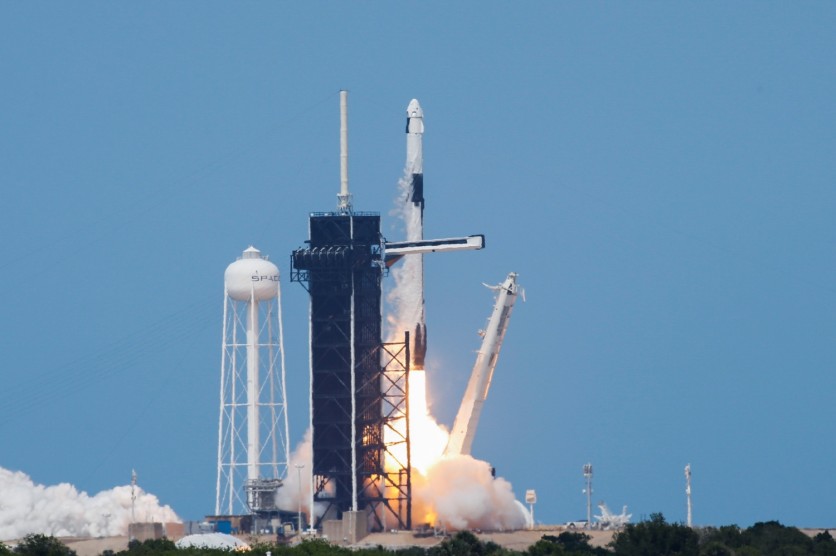For the first time, scientists created the fifth state of matter on board the International Space Station.

Research showed on Thursday, June 11, offered an unprecedented insight that might help to solve some of the most intractable problems in the quantum universe.
Bose-Einstein condensates (BECs), whose existence was predicted almost a century ago by Albert Einstein and Satyendra Nath Bose, are formed when certain elements are atoms cooled to near absolute zero Kelvin (-273.15ºC).
The atoms at this point become a single entity with quantum properties, in which each particle also functions as a wave of matter.
BECs straddle the line, ruled by quantum mechanics, between the macroscopic world governed by forces like gravity and the microscopic plane.
BECs 'important' like dark matter
Scientists claim that the BECs hold crucial keys to enigmatic phenomena like dark matter. This unseen force was believed to be behind the rapid expansion of the universe.
BECs, however, is highly fragile. The slightest contact with the outside world suffices to lift them past their point of condensation.
This makes scientists almost impossible to study on Earth, where gravity interferes with the magnetic fields needed to hold them in place for observation.
Exotic matter 'controlled free' of earthly limitations
On Thursday, June 11, a team of NASA scientists announced the first findings of BEC experiments onboard the International Space Station (ISS) can be controlled free of earthly limitations.
"Microgravity allows us to confine atoms with much weaker forces since we don't have to support them against gravity," Robert Thompson of from the California Institute for Technology, Pasadena, told Agence France-Presse (AFP).
Many surprising variations in BECs' properties produced on Earth and those onboard the ISS are recorded in work published in Nature journal.
For one thing, BECs usually last a handful of milliseconds before dissipation in terrestrial laboratories.
The BECs have lasted more than a second aboard the ISS, giving the team an unparalleled opportunity to research their properties.
Microgravity also enabled the atoms to be manipulated by weaker magnetic fields, accelerating their cooling and allowing for clearer images.
"We find that radiofrequency-induced evaporative cooling reveals markedly different results in microgravity," the researchers wrote.
Remarkable breakthrough
Creating the fifth state of matter is no small feat, particularly within the physical confines of a space station.
First, bosons - atoms equally numerous with protons and electrons - are cooled to absolute zero using lasers to lock them in place.
The slower the movement of atoms, the fresher they become.
As they lose heat, a magnetic field is applied to prevent them from moving. The wave of each particle expands, cramming several bosons into a microscopic trap that overlaps their waves into a single stream of matter - a property known as quantum degeneration.
The magnetic trap is then released for scientists to study the condensate. Still, the atoms start repelling each other, causing the cloud to fly apart, and the BECs becoming too diluted to detect it.
Thompson and the team realized that the microgravity onboard the ISS enabled them to create rubidium BECs - a potassium-like soft metal - on a far shallower trap than on Earth. This accounted for the vastly increased time that could be studied before the condensate was diffused.
"Most importantly, we can observe the atoms as they float entirely [without being confined] by external forces," Thompson said.
Previous studies attempting to emulate the effect of weightlessness on BECs used in free-fall aircraft, rockets and even devices dropped from different heights.
"These experiments form the start of potentially years of science operations, with additional capabilities of the instrument to be employed over time," the researchers wrote in their paper.
ⓒ 2025 TECHTIMES.com All rights reserved. Do not reproduce without permission.




